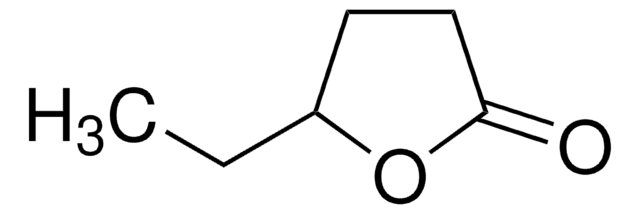About This Item
Recommended Products
form
pellets
Quality Level
autoignition temp.
815 °F
transition temp
Tm 228.5 °C
Tg 62.5 °C
density
1.084 g/mL at 25 °C (lit.)
InChI
1S/C6H13NO/c1-2-3-4-5-6(7)8/h2-5H2,1H3,(H2,7,8)
InChI key
ALBYIUDWACNRRB-UHFFFAOYSA-N
Looking for similar products? Visit Product Comparison Guide
Related Categories
Application
- Silica nanoparticles–nylon 6 composites for extraction of hormones from aqueous samples.
- Polymeric nanofibers by electrospinning method. These nanofibers can be used to fabricate highly efficient nanofilters.
Storage Class Code
11 - Combustible Solids
WGK
WGK 3
Flash Point(F)
Not applicable
Flash Point(C)
Not applicable
Choose from one of the most recent versions:
Already Own This Product?
Find documentation for the products that you have recently purchased in the Document Library.
Articles
In this article, we discuss issues critical to successful application of the electrospinning technique, including control of individual nanofibers to form secondary structures and assembly of nanofibers into 3D architectures.
Our team of scientists has experience in all areas of research including Life Science, Material Science, Chemical Synthesis, Chromatography, Analytical and many others.
Contact Technical Service







